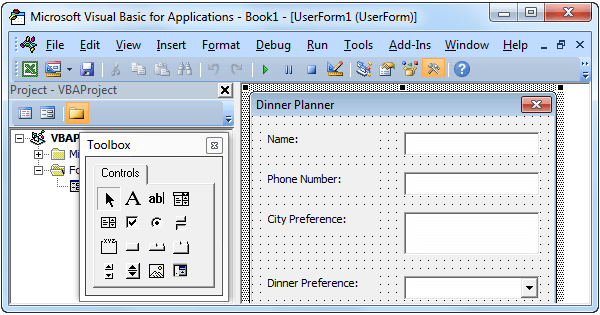
Private Sub CreateNewWorkbook(fileName As String)ĭim newWb As Excel.Workbook = Nothing Dim wbs As Excel.Workbooks = ExcelApp.Workbooks
VISUAL BASIC FOR EXCEL ON CHANGE EVENT CODE
The code bellows creates a new workbook by adding new one to the Workbooks collection. You can create a new workbook in a few different ways. Close()Īfter we grab a reference to the Workbooks collection, enumerating is easy. Private Sub EnumerateWorkbooks()ĭim wbs As Excel.Workbooks = ExcelApp.Workbooksįor i As Integer = wbs.Count To 1 Step -1 You achieve this by access the Workbooks collection residing under the ExcelApp object. Enumerate workbooksįirst up is the strategy for enumerating all open Excel workbooks. Given its stature, you will want to master a few key strategies. It is the container for all the file contents. I explained earlier that workbook is an Excel file. By calling it, we have easy access to Excel’s settings and can change them to meet our needs. The ExcelApp object is the Microsoft Excel application.
VISUAL BASIC FOR EXCEL ON CHANGE EVENT HOW TO
This sample shows how to access the Excel application object and change a few settings: Private Sub SetExcelOptions()ĮxcelApp.DefaultFilePath = "C:\Users\Tyrant\Desktop\Spreadsheets\" End Sub Just point me to the application and I’ll access its base objects… with code. Does it matter what the application is? No, not really. We are developers and we access base objects with code. Let’s cover a few basics for accessing them and making them do something. These are the main characters in this drama. The key is the range contains a contiguous group of cells.


The following code example sets the values in the range A1:A10 to be uppercase as the data is entered into the cell. Range("B" & ThisRow).Interior.ColorIndex = xlColorIndexNone Range("B" & ThisRow).Interior.ColorIndex = 3 Private Sub Worksheet_Change(ByVal Target As Excel.Range) If the value is greater than 100, the adjacent cell in column B is changed to the color red.

The following code example verifies that, when a cell value changes, the changed cell is in column A, and if the changed value of the cell is greater than 100. Private Sub Worksheet_Change(ByVal Target as Range) The following code example changes the color of changed cells to blue. Use the Calculate event to trap a sheet recalculation. This event does not occur when cells change during a recalculation. SyntaxĮxpression A variable that represents a Worksheet object. Occurs when cells on the worksheet are changed by the user or by an external link.


 0 kommentar(er)
0 kommentar(er)
